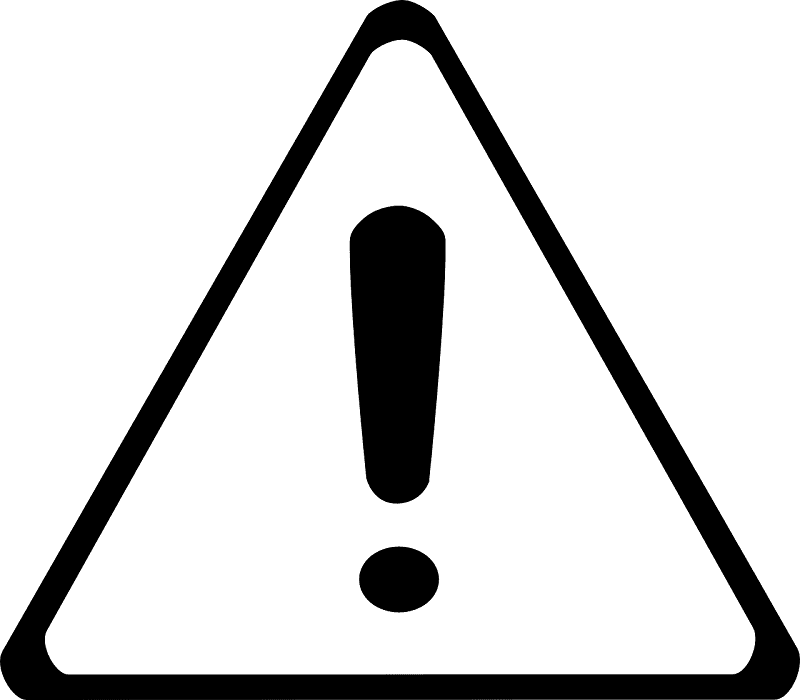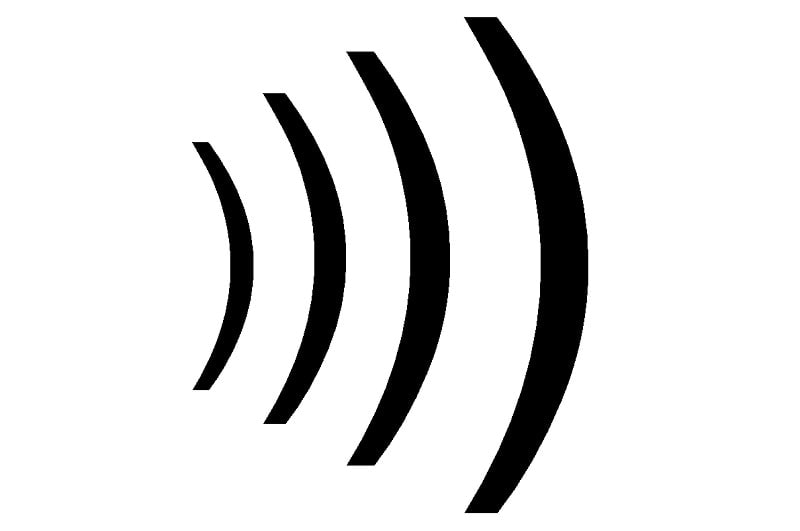Multimeter Symbols and What They Mean (2025 Guide)
-

- Last updated:


Multimeters are incredibly useful tools that are helpful for a wide range of tests and measurements. A quality multimeter is a must-have item if you ever deal with electricity. They’re relatively simple to use, but the symbols on the front of these devices almost appear to be hieroglyphs! If you don’t speak the language of multimeter symbols, they can be challenging to decipher. Luckily, we’ve compiled this list of the 20 multimeter symbols you must know to use one of these versatile tools successfully.

The Multimeter Symbols & What They Mean
1. DC Voltage

DC stands for direct current. DC voltage will allow you to measure the voltage of direct current electronics. This includes most small electrical circuits such as batteries and indicator lights. You’ll also use DC voltage when working on a vehicle.
2. AC Voltage

This is the setting you’ll use most when working on electrical circuits hooked to the grid. In the US, you’ll mostly measure AC voltage between 110V and 240V.
3. Millivolts
Millivolts measure fractions of a volt. If you’re dealing with low-voltage circuits, you’ll probably use the millivolts reading rather than the standard voltage selection.
4. Amperes

Called amps for short, amperes measure electrical current. You can think of the current as the total amount of electricity moving through a circuit.
5. Milliamps
A milliamp is 1/1000 of a standard amp. When measuring a low-current electrical circuit, you’ll want to switch from amps to milliamps to get an accurate reading.
6. Microamps
Microamps are even smaller than milliamps. While a milliamp is one-thousandth of an amp, a microamp is one-millionth of an amp and it’s used for measuring the lowest current circuits. You might use microamps for measuring low-power microcontrollers or tiny electronics, but you won’t often use microamps when dealing with household or automotive circuits.
7. Ohms
Resistance is a measurement of how much opposition a circuit or object puts up against the flow of electricity, and it’s reported in ohms. Materials with high resistance restrict electrons from flowing, while items with low resistance allow the electrons to flow freely. Conductors like metal have low resistance. Insulators such as rubber have high resistance.
8. Kilo-Ohms
When ohms don’t describe the high resistance in a system, you’ll need to switch to kilo-ohms. A single kilo-ohm is equal to 1,000 ohms.
9. Megohms
Megohms are the next step up from kilo-ohms when discussing resistance. A megohm is 1,000 times larger than a kilo-ohm. One megohm is equal to one million ohms.
10. Continuity Beeper
Continuity testing makes it quick and easy to tell whether or not a circuit is live. A continuity beeper will make an audible alert to signal a hot circuit, signifying that you need to kill the power before cutting into those wires!
11. Capacitance

Capacitors are devices that collect and store electrical energy. When using the capacitance setting on a multimeter, you can easily measure how much energy a capacitor is holding. Capacitance is measured in farads, though you’ll usually need to use fractions of a farad to express the measurement.
12. Microfarads
A microfarad equals one millionth of a farad, and it’s the most common way you’ll measure capacitance with a multimeter.
13. Nanofarads
Nanofarads are even smaller capacitance units than microfarads, measuring one billionth of a farad of capacitance.
14. Diode Test

A diode test measures the voltage drop across a diode. When you set the multimeter to this setting, the test leads will produce a small voltage. Touching them to the proper sides of the diode will cause the voltage to flow through, allowing the meter to measure the difference between input and output.
15. Hertz
Hertz is a measurement of frequency that equals one cycle per second. Circuits can use fixed or variable frequencies, and you’ll want to know which you’re dealing with when measuring frequency.
16. Relative
Relative mode allows you to zero out the multimeter using a measurement you’ve previously taken. This makes it easy to compare additional measurements to the first one, which is incredibly useful for measuring the voltage drop across a system. For instance, you can measure the voltage at your home’s electrical panel, then hit the relative button. When you measure the voltage at an outlet, you’ll be shown the difference between the original measurement and the voltage at the outlet.
17. Manual Range Override
This isn’t a feature you’ll find on every multimeter. It allows you to override the auto-ranging functionality of your multimeter to set the range you wish to measure manually.
18. Hold
The hold function captures and holds the reading on your screen. Press the button while taking a measurement, and the measurement will remain on the screen. Some multimeters have an auto-hold function that does even better. On auto-hold, the meter will find the most stable measurement and will hold that, allowing you to work with both hands on the leads.
19. Min and Max
When you enter the min/max setting on a multimeter, you’ll notice that the display no longer changes with the voltage. Instead, it will save the highest reading and continue to display it. If you press the button again, you’ll see the lowest reading the meter has taken since entering min/max mode. This allows you to take multiple measurements in a row and quickly see the lowest and highest readings.
20. Caution

If your multimeter displays this caution symbol, you’ll need to reference the user manual to see what the problem is. But ensure you do this right away before taking electrical readings to be safe.
Conclusion
When you first look at the front of a new multimeter, all of those symbols seem like a language you don’t speak, and it can feel pretty daunting. Hopefully, we’ve been able to clarify the symbols and remove a bit of the mysticism so you can get to work without the worry that you’re reading something wrong. Refer to this list whenever you need a refresher, or you’ve forgotten what one of the many symbols on your multimeter indicates.
You might also be interested in: 6 Multimeter Safety Precaution Tips & Guidelines
Featured Image Credit: CC0 Public Domain, Pxhere
Contents















